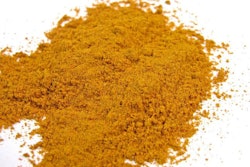
I have mentioned several times that producers of fermentation-derived ingredients are among those most protective of their technology. Perhaps they are right to keep everything behind bars as they limit competition, or perhaps the relevant technology is easy enough to copy once the basics are understood. In either way, such protective actions of technology are the main reason why fermentation products are not currently in the mainstream market.
Fermentation, be it bacterial- or yeast-based, is an old method used in human nutrition to produce foods such as yogurt — to name one of the most well known products. Producing feeds for animals using fermentation processes is not vastly different but remains a vastly undervalued territory. Here, we will not refer to additives produced by bacteria and yeasts, but rather to whole ingredients that are improved by the action of microorganisms.
I believe it is time for us to be told the whole story about fermentation.
In my last visit to EuroTier, I noticed many suppliers of fermented ingredients — I even came across a new one that I did not know existed. Most of these products have a very interesting background and potential, but they all suffer from a common problem. When talking to my colleagues about their take on such ingredients, I was not surprised that more than half were not even aware of this technology. They were really surprised to know it was just a common ingredient that had been fermented. And, when I asked about their understanding of fermentation, most admitted they did not have a clear answer. So, those using product XYZ were considering it as they would any additive, ignoring its many applications and greater potential.
At the end, I believe it is time for us to be told the whole story about fermentation, allow some competition to come up with similar products, and give a boost to this technology that can offer so much to the animal feed industry. Education remains the key — otherwise, cheap products will soon flood the U.S. and EU markets, as current and potential users of fermented ingredients are not able to place a value on quality.


















